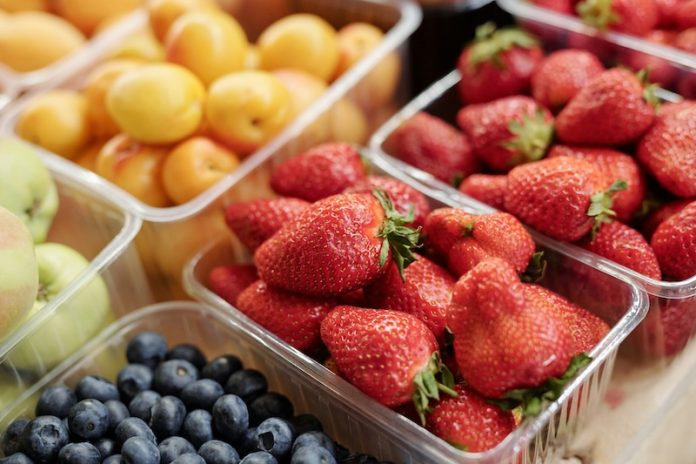
A natural substance found in everyday fruits and vegetables might one day help treat serious brain and nerve diseases like ALS and dementia, according to new research from the University of Missouri.
The compound, called kaempferol, is an antioxidant that’s naturally found in foods like kale, berries, and endives. It has shown the ability to protect nerve cells and improve muscle function in early lab studies, giving hope for new treatments for neurodegenerative diseases.
The research, led by Dr. Smita Saxena from the university’s School of Medicine, was published in the journal Acta Neuropathologica Communications. Saxena and her team found that kaempferol had a powerful impact in laboratory models of ALS, a disease that causes nerve cells to break down and weakens muscles over time.
In tests using nerve cells from ALS patients, kaempferol helped the cells produce more energy and reduced stress in an important part of the cell called the endoplasmic reticulum. It also improved overall cell health and slowed the damage to nerve cells.
ALS (Amyotrophic Lateral Sclerosis) is a progressive disease with no known cure. It damages nerve cells in the brain and spinal cord, eventually making it hard to walk, speak, and even breathe. Finding a natural compound that can help protect these nerve cells is an exciting step forward.
Kaempferol seems to work by supporting two essential functions that are often damaged in people with ALS: energy production and protein management. The compound acts on both the mitochondria (the part of the cell that makes energy) and the endoplasmic reticulum (which helps with protein processing).
Saxena believes this dual effect makes kaempferol a unique and powerful option for nerve cell protection. “I believe this is one of the first compounds capable of targeting both the endoplasmic reticulum and mitochondria simultaneously,” she said.
But there’s a catch: getting enough kaempferol into the body, and especially into the brain, is very difficult. The human body doesn’t absorb kaempferol easily from food. In fact, someone with ALS would need to eat about 10 to 11 pounds (4.5 to 5 kg) of kale in one day to get a helpful amount of the compound.
Even then, only a small amount would reach the bloodstream and an even smaller amount would make it to the brain. That’s because of the blood–brain barrier, a protective layer that prevents many substances—including medications—from entering the brain.
To solve this problem, Saxena’s team is working on a new way to deliver kaempferol using lipid-based nanoparticles. These are tiny, fat-based spheres that can carry medicine into cells and across difficult barriers like the blood–brain barrier. This method has been used successfully in other drug delivery systems, including vaccines.
By packaging kaempferol inside these nanoparticles, the team hopes to improve how much of the compound is absorbed by nerve cells and how effectively it can work in the brain. This approach could turn kaempferol into a practical treatment option for ALS and possibly other diseases like Alzheimer’s and Parkinson’s.
Although it’s still early days, and more research is needed before human trials can begin, this discovery offers a promising new direction for treating diseases that currently have very few options. Saxena’s team is now developing the nanoparticles and plans to start testing them by the end of the year.
In summary, a common plant compound found in foods we eat every day may hold the key to slowing down or treating devastating brain diseases.
While eating berries and kale isn’t likely to deliver a therapeutic dose on its own, future treatments may involve highly targeted versions of kaempferol delivered directly to nerve cells—possibly offering hope to patients and families facing ALS and other forms of dementia.
If you care about dementia, please read studies that eating apples and tea could keep dementia at bay, and Olive oil: a daily dose for better brain health.
For more health information, please see recent studies what you eat together may affect your dementia risk, and time-restricted eating: a simple way to fight aging and cancer.
The research findings can be found in Acta Neuropathologica Communications.
Copyright © 2025 Knowridge Science Report. All rights reserved.



